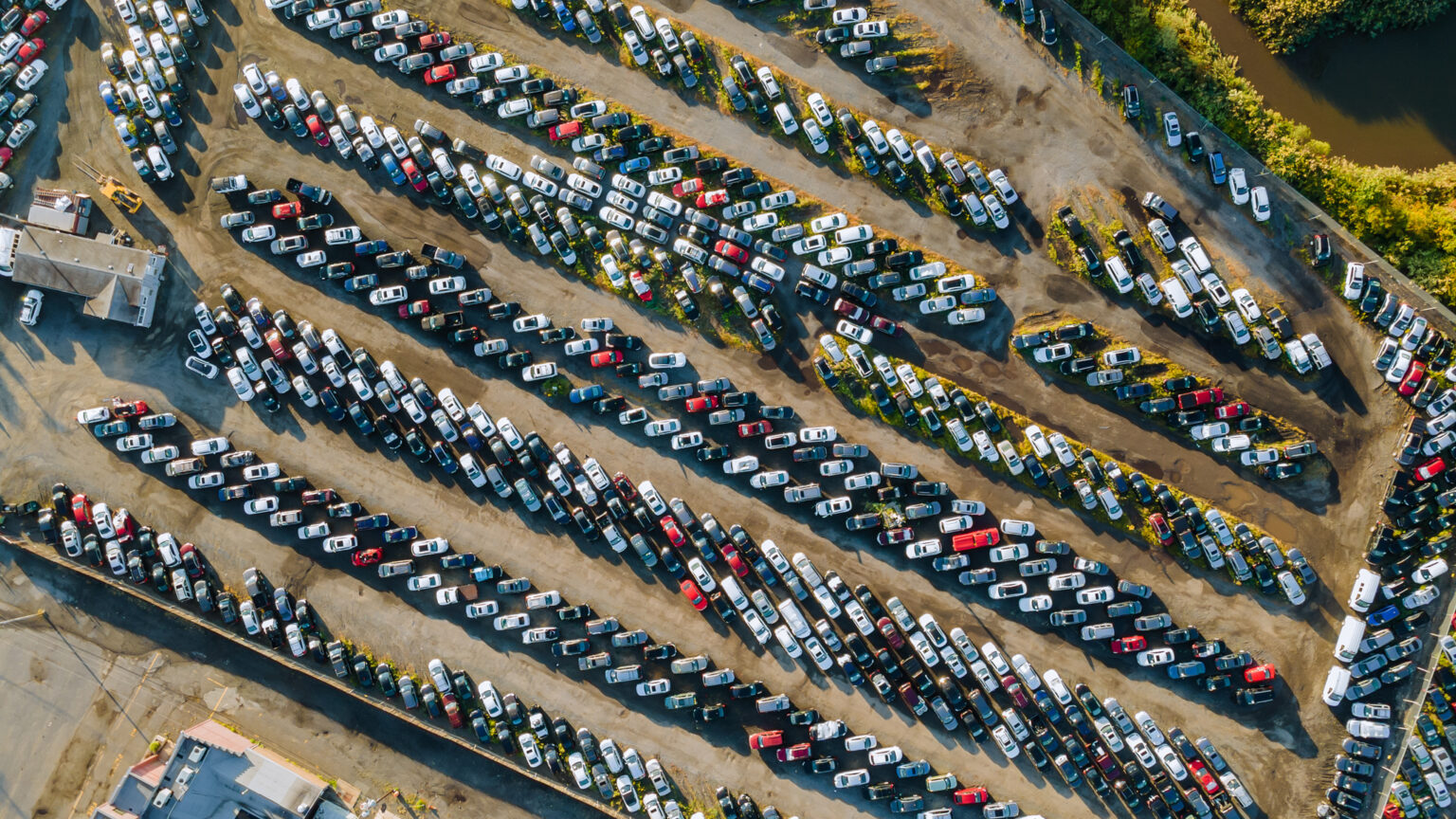Car prices have been a hot topic over the last couple of years, but the news has been almost universally bad. Automakers have struggled with expanding production to meet demand, and a whole rainbow of supply chain issues has made it hard to find many new models on dealers’ lots. That has driven up prices, but there’s finally some good news – for used car buyers, at least. Manheim, the world’s largest wholesale auction company, recently released a report on used vehicle prices in late 2022, and the numbers are trending in the right direction.

To be fair, adjusted used car wholesale prices were up slightly between November and December last year, but the real story is the difference between the ends of 2021 and 2022. Manheim recorded a 14.9 percent drop in wholesale used vehicle prices between December 2021 and December 2022, the “largest annual decline” it had ever recorded.
It’s important to note that we’re talking about wholesale prices, or the amounts dealers pay for the inventory they sell. Declines in wholesale prices are a good sign because lower inventory costs typically lead to lower retail prices for buyers, but the shift doesn’t happen overnight. Many dealers are sitting on inventory they purchased when the market was warmer and won’t be willing to offload vehicles at a loss. Others will hold onto elevated prices to boost profits, so it could be a while before buyers realize the full benefit of a wholesale price drop.
New vehicle prices have taken the opposite trajectory. As we reported a few days ago, people are paying more on car payments each month and more overall on new car purchases. At the same time, new vehicle supply is recovering, and sales volume is up. Manheim reported that light-vehicle sales were up 4.9 percent between December 2021 and December 2022. Sales to fleets were also up a whopping 47 percent, suggesting a potential recovery in production volume.
Despite the constant drumbeat of bad news around inflation and an upcoming recession, consumers had more confidence in December than earlier in the year. The Consumer Confidence Index rose 6.8 percent, and more people said they planned to buy a vehicle in the next six months. Gas prices likely played a role in that optimism, as they fell to $3.21 in December – the lowest in more than a year.
What this means for you
Lower used vehicle prices are good for people in the market to buy but not so much for those wanting to sell. Many purchased new cars at or above MSRP, which put them behind the eight ball from the start, and depressed used car prices could mean those people are stuck with what they bought until they’ve paid enough to equalize what they owe with the vehicle’s value. If you’re in that situation, it’s best to hold onto the car you have rather than roll negative equity into a new purchase. Cars are rarely a good investment, so it’s not a good idea to think you’ll recoup your purchase price down the road.
If you’re looking to buy a used car, be patient. If you can wait a few months, prices will likely continue to fall, but the process won’t be fast. The best time to buy a car is when you need one, but if you can afford to wait, you’ll be in a stronger position in summer 2023 or even later. As dealers clear higher-priced inventory and start purchasing more at lower prices, you should be able to negotiate harder and get a better deal.








